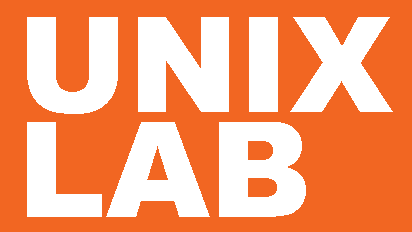Red Hat OpenShift Developer II: Building Kubernetes Applications
Course ID : DO288
Duration In-class (в days) : 4 days
Duration Online : 5 days
Сurriculum : in-class, Virtual Instructor-Led Training - ONLINE
Delivery
:
14.04.2025 - 18.04.2025
Overview
Design, build and deploy containerized applications on Red Hat OpenShift.
Red Hat OpenShift Developer II: Building Kubernetes Applications (DO288) teaches you how to design, build, and deploy containerized software applications on an OpenShift cluster.
Whether you are migrating existing applications or writing container-native applications, you will learn how to boost developer productivity powered by Red Hat® OpenShift Container Platform, a containerized application platform that allows enterprises to manage container deployments and scale their applications using Kubernetes.
This course is based on Red Hat OpenShift Container Platform 4.10.
Audience for this course
- Enterprise application developers
- DevOps site reliability engineers
Objective
Course content summary:
- Design containerized applications for OpenShift
- Manage and trigger application builds using Source-to-Image (S2I)
- Customize an existing source-to-image base image
- Deploy multi-container applications using Helm Charts
- Create health checks to monitor and improve application reliability
- Create and deploy cloud-native applications on OpenShift
Prerequisites for this course
Complete Red Hat OpenShift I: Containers & Kubernetes (DO180), or have equivalent knowledge
Being a Red Hat Certified System Administrator or having earned a higher certification is helpful for navigation and usage of the command line, but is not required
Outcomes
Impact on the individual
You will learn about the fundamental concepts behind containerizing, scaling, deploying, and managing applications in Red Hat OpenShift Container Platform. You will acquire these skills:
- Design container images to containerize applications.
- Customize application builds and use Source-to-Image builds.
- Deploy multi-container applications.
- Implement health checks to improve system reliability.




